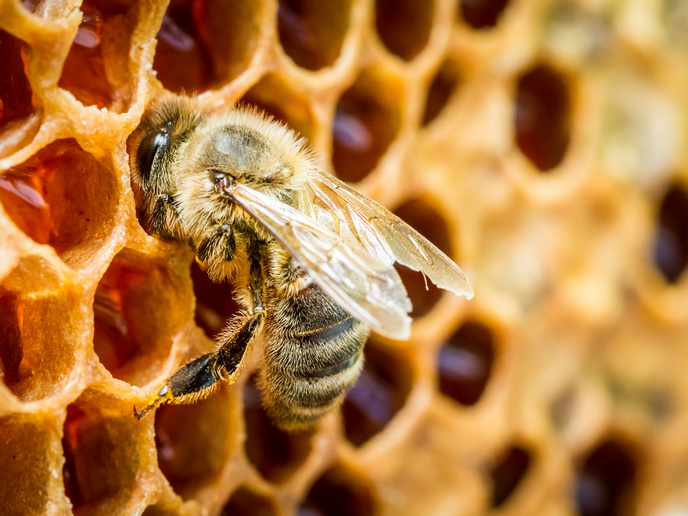The challenge of preserving media-based artwork
Media-based artwork is comprised of a variety of materials such as DVDs, slides, videocassettes and playback equipment like slide projectors, monitors and film loops. An EU-funded project, SOMEART, investigated how the Museum of Modern Art of New York (MoMA) addresses various challenges to conserve its media-based artwork. Conservation methods are mostly relevant for traditional artworks, such as paintings and sculptures. The materials involved in media-based artwork, however, defy these traditional conservation methods. Additionally, conservation efforts to date have largely been medium-based, focusing on the best way to preserve a specific type of art. To meet the new and ever-changing needs of media-based art, museums are being forced to reorganise their conservation efforts and take an interdisciplinary approach. For example, at the MoMA, conservation of media-based artworks is handled by a newly formed Media Working Group comprised of curators, conservationists, archivists and audiovisual experts. This group not only manages the set-up of a particular project, but also its maintenance, the ways it can be displayed, which materials can be changed, and other elements. To address the challenges presented by this mutable art form, museums have been changing the way they run their business. For example, they have begun collaborating, forming alliances and pursuing co-ownership of acquisitions, particularly at local and regional levels. Media-based artwork will continue to present issues for conservation, which may spark even more changes in the way the museums operate, cooperate and view art.






